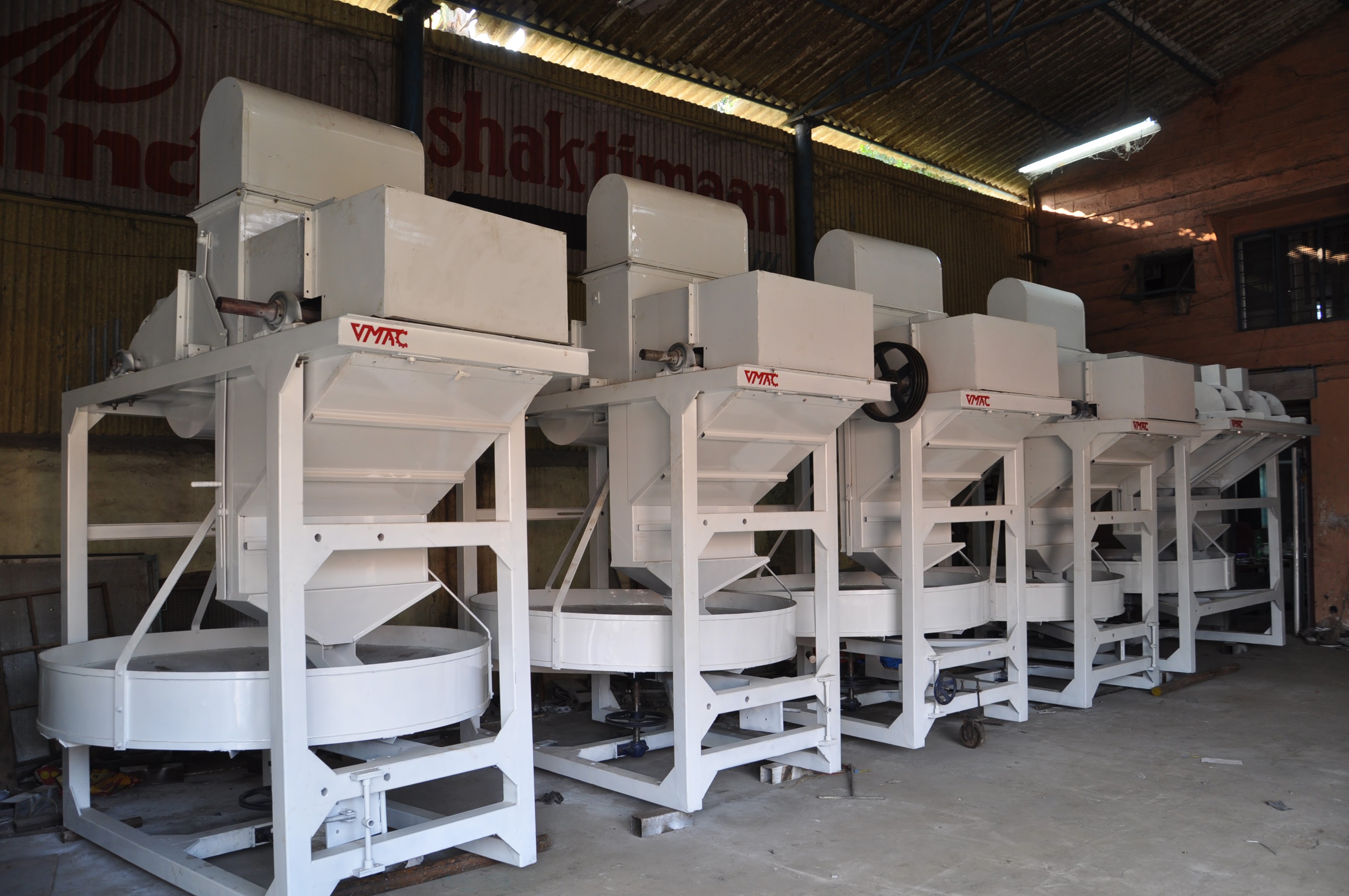
Production
Mastering Coffee Production
At Vmac Industries, we've mastered the balance between traditional craftsmanship and modern technology.
Discover how strategic investments in state-of-the-art machinery can reduce costs, increase throughput, and ultimately boost your bottom line.
Coffee production is a meticulous and resource-intensive process. Every step—from harvesting and hulling to sorting and storage—plays a role in determining the final product’s quality and the operation’s efficiency. In today’s competitive market, producers are increasingly seeking ways to streamline workflows and optimize outcomes, which is where advanced coffee processing equipment comes into play. By strategically investing in cutting-edge machinery, coffee plant managers and owners can see tangible improvements in cost management, bean quality, and overall profitability.
Return on Investment (ROI) is a critical measure for any capital expenditure, and coffee processing equipment is no exception. A new huller or destoner might appear costly at first glance, but a thoughtful analysis will often reveal how these investments pay for themselves through:
Higher Throughput: Automated and efficient machinery can handle larger volumes without sacrificing quality, enabling you to produce more in less time.
Reduced Downtime: Modern systems incorporate advanced sensors and design features that minimize breakdowns, translating to fewer production halts.
Improved Bean Quality: By removing defects and impurities more effectively, the equipment directly influences the final cup’s taste, helping you command premium prices.
Lower Labor Costs: Automation and streamlined workflows mean you can reassign your workforce to more value-adding tasks instead of repetitive manual labor.
Each of these factors contributes to a more profitable operation, especially when combined with strategic market positioning.
Older equipment may initially seem cost-effective because it’s fully paid off or cheaper to purchase second-hand. However, outdated systems often incur hidden expenses that eat into profit margins. Examples include:
Frequent Repairs: Aging parts and outdated technology lead to recurring maintenance bills.
Lower Efficiency: Manual intervention and slower processing times mean you produce less coffee with higher labor inputs.
Quality Inconsistencies: Limited precision in separating defects or controlling temperature and airflow can degrade the overall bean quality.
Employee Turnover: High physical demands, repetitive tasks, and frequent troubleshooting can contribute to job dissatisfaction, raising hiring and training costs.
When these expenses stack up, they can overshadow the perceived savings from using older machinery. In contrast, advanced coffee processing equipment offers reliability and efficiency, allowing you to reallocate resources more effectively.
Modern coffee processing machines often come equipped with sensors, programmable settings, and centralized control systems. This level of automation not only speeds up production but also enhances consistency across batches. For instance, a coffee huller capable of adjusting to different bean densities and sizes prevents under-hulling or over-hulling, saving product and minimizing waste.
Equipment such as destoners and gravity separators ensures that only top-quality beans progress through the production line. By efficiently removing stones, foreign objects, and defective beans, you safeguard downstream equipment and produce a more uniform batch that fetches a higher market price.
Rising energy costs remain a concern for many coffee processors. Innovative machines like eco-friendly dryers incorporate insulation improvements, heat recirculation, or solar-assisted technology to lower electricity or fuel consumption. Over time, these savings can substantially offset the initial purchase cost of the equipment.
Advanced processing solutions are often modular, allowing you to add or upgrade components as production increases or market demands shift. This adaptability prevents massive overhauls in the future, making it easier to pivot quickly in response to industry trends.
Consider a mid-size coffee facility that upgraded its pre-cleaning system to a more efficient model. Although the upfront cost was significant, the switch reduced bean wastage by 5% and cut labor hours for manual sorting by half. Within a year, those savings covered the equipment cost, and beyond that point, the additional throughput and consistent bean quality translated into higher profits.
In another scenario, a roastery integrated an automated coffee grader and a destoner into its post-roast sorting process. The owners saw a noticeable uptick in product rating scores from buyers, enabling them to market their beans as premium-grade. That label allowed them to charge a premium price, recouping the equipment investment in under 18 months.
Before making a purchase, it’s essential to conduct a thorough needs assessment:
Identify Pain Points: Is bottlenecking in pulping slowing production? Are frequent breakdowns causing unscheduled downtime?
Define Capacity Goals: Clarify the tonnage you aim to process daily or monthly, ensuring new machinery meets (or slightly exceeds) these targets.
Consider Upgradability: Seek machines that can be updated or expanded as production scales.
Evaluate Supplier Support: Reliable after-sales services, spare parts availability, and maintenance guidance are critical for maximizing ROI.
Consulting with experts—like those at VMAC Industries—can help tailor a solution to your unique operation, whether you focus on large-scale green coffee production or specialty microlots.
Investing in advanced coffee processing equipment is about more than just buying the latest machinery. It’s a strategic decision that directly impacts your operation’s efficiency, product quality, and bottom line. By analyzing ROI holistically—factoring in throughput gains, labor savings, improved bean quality, and potential market premiums—you can make an informed choice that benefits your business long-term.
Lastest blog posts